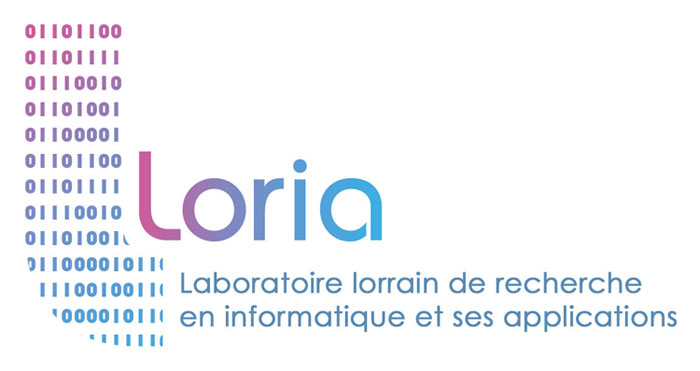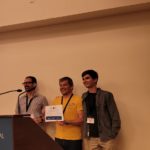

Congratulations to Nicolas Hubert, PhD student in the Loria’s BIRD team and in the ERPI Laboratory, for receiving two Best Paper Awards at ESWC 2024 (Extended Semantic Web Conference), the leading international conference in the field of the Semantic Web!

The pioneering new speech modelling and audiovisual voice synthesis start-up Dynalips has been officially launched. Resulting from research work at Loria (CNRS, Université de Lorraine, Inria, CentraleSupélec), subject of a maturation programme by the Société d’Accélération du Transfert de Technologie – SATT Sayens and supported by the Incubateur Lorrain, it provides animators and video game developers with an innovative lip-sync solution for the precise, automatic and rapid synchronisation of a 3D or 2D character’s lip movements with speech.
Loria wishes you all the best for 2024.
Research results, events, scientific mediation… Discover in this video a selection of the highlights of 2023.

The next Loria Colloquium will take place on Wednesday, November 15 at 1:30 p.m. in the amphitheater.

Every year, the arrival of new researchers and teacher-researchers enrich Loria’s teams. We’d like to welcome them and invite you to take a few minutes to discover their career paths and projects!
